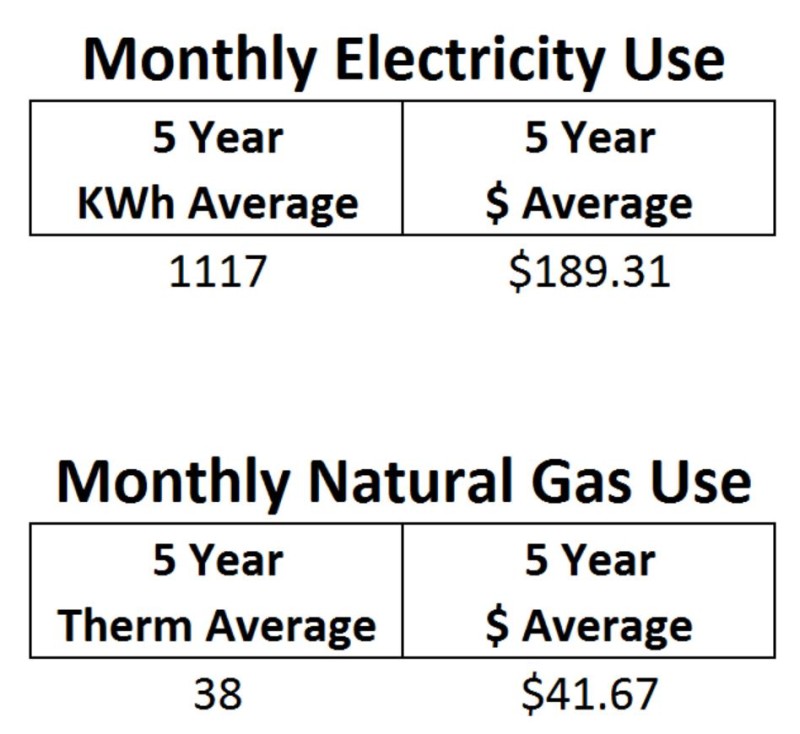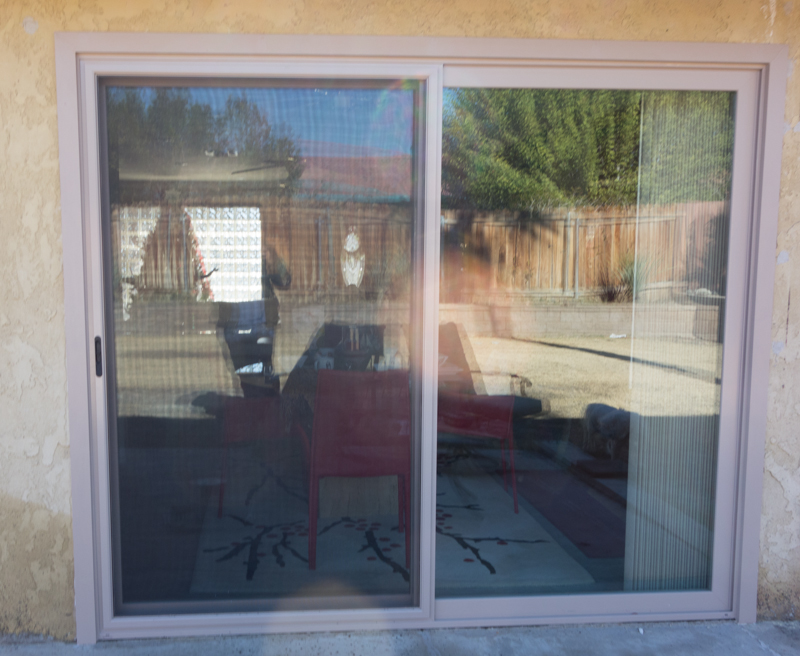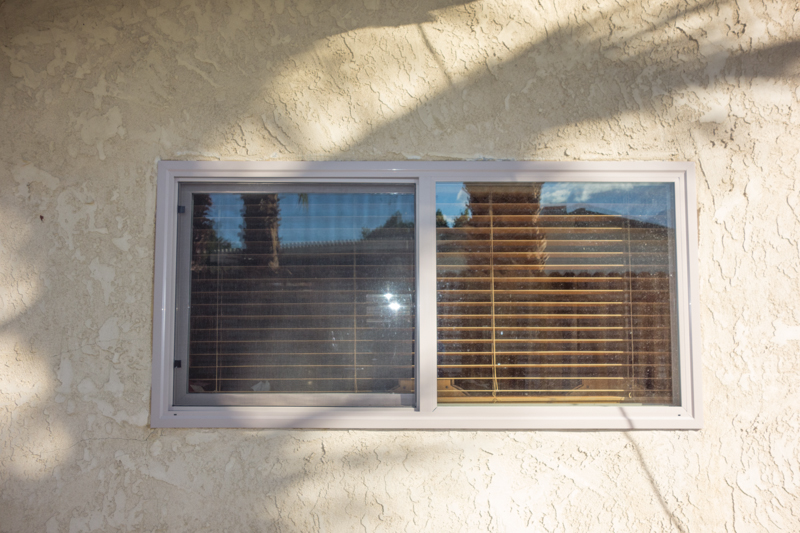When it makes sense, I love solar power. In my recent post of my all-time favorite camping gear our campers’ solar system was my favorite gear. In my post Solar for Backing I laid out all the considerations but did not say if it was a good or bad idea
If you want to carry this stuff, go ahead, it’s okay. Just isn’t my personal cup of tea.
In other words, I am not interested in carrying a bunch of electronic devices when backpacking, other than a headlamp and sometimes a camera and solar doesn’t make sense to me. I did try to be objective and present good information for those who are interested in solar for their backpacking trips.
Starting next month I will be on a fixed income, so planning to reduce my monthly fixed overhead has been a priority. The greatest opportunity for savings is our monthly utilities. For most people, the first thing that comes to mind is installing a solar system – especially since most of us have been bombarded by telemarketers and door-to-door solicitors over the past 4 or 5 years. When we get this volume of sales pitch bombardment, your first reaction should be “someone is making a ton of money and they are going to try and take advantage of me.” In other words,
home solar might just be a pig with lipstick
GUILT TRIP
The solar industry tries to make you feel guilty about not embracing their “so-called” clean energy, hoping you will feel like a climate rapist and holding you personally responsible for climate change. Not only that, they point out that nearly 2/3 of homeowners opt for a $0 down solar lease. My reaction is BUYER BEWARE.
Our electrical use is much lower than most of our non-solar neighbors; not because we are trying to save the environment, but because we are frugal. We are open to installing a solar system, but that financial decision really requires some research, and the last person we would want to talk to is a solar salesperson.
THE SOLAR BAND-AID
Before I started researching home solar, it was self-evident that bolting a solar array on the roof of an energy inefficient home was pure insanity. It would make more sense to analyze the house and see where the real deficiencies lay. For us, this included electric and natural gas usage. So the first thing I did was review the past 5 years of electric and natural gas bills. We have a gas water heater, fireplace, and furnace. Electric powers our stove/oven, lights, appliances, and the biggest consumer – central air conditioning. We live in the hottest climate in the country, the lower Colorado Desert and air conditioning is required. First thought for most people is, “Oh my god, solar will fix my high energy bills.” Here is the summary of our 5 year energy usage:
That’s $230.98 a month for gas and electric.
Our central heating and air conditioning unit was 35 years old, way past its useful life. Over the years I have kept it operational, often buying generic parts, since it is obsolete. It would soon need replacement, irrespective of its inefficiency. Likewise, the house insulation, doors and windows were 35 years old. I knew this and didn’t need any expert to tell me. But we really wanted some expert advice, which was not Google.
HOME ENERGY AUDIT
Instead of jumping in and replacing stuff, we had a certified “GeenHomes America” contractor do a complete home performance assessment. $79 well spent. They performed the following inspections:
- Infrared camera scan to spot hidden defects
- Energy leak test using a blower door
- Air conditioner performance evaluation
- Attic insulation levels and quality
- Furnace efficiency and performance evaluation
- Wall insulation levels and quality
- Test for gas leaks
- Test carbon monoxide emissions
- Test mechanical ventilation for proper venting
- Test ambient and worst case CO levels
- Test furnace for CO levels and proper venting
- Test all gas flues while exhaust fans run
- Duct leakage rates
- Inspect filters in heating/cooling system
- Evaluate efficiency of all appliances
- Utility bill analysis
- Lighting efficiency ratings
- Water heater efficiency test
- Efficiency ratings of exterior doors
- Test garage for air leakage into interior of house
- Inspect electrical, plumbing, and chimney for air leaks
- Inspect clothes dryer for proper venting to exterior
Audit Results
The test was done in August in the heat of summer. Much of this I expected, but there were a couple real surprises and some things I never thought about (see bold items)
- Home air leakage was way too high
- Our 33 recessed ceiling lights were leaking interior air into the ceiling (I was so proud of our 33 LED light fixtures)
- Heat was leaking from the attic into the interior walls through the electrical wire holes in the wall framing
- Attic insulation was R-8 (R-38 is the modern standard)
- Single pane aluminum framed windows and patio door had a U-Value of 1.19 (lower is better and the goal should be 0.14 to 0.19)
- Exterior walls were R-8, but heat was leaking into the house through the wiring holes in the framing
- Gas furnace had a 70% Annual Fuel Usage Efficiency and the goal is 90% – 100% (this means the percentage of BTUs into the furnace that is actually used to heat the home – 30% of our BTU’s were going out the exhaust vent)
- Central air conditioner Seasonal Energy Efficiency Ratio was 8 SEER (goal is 16.4 to 20)
- The duct insulation in the attic was R-4 (goal is R-8 to R-10)
- The attic duct leakage was 24% (this means 24% of the heat and air conditioning was leaking into the attic and the goal is less than 10%)
- The water heater is only moderately efficient (even so, it uses very little gas)
- There were no issues with CO or other leaks
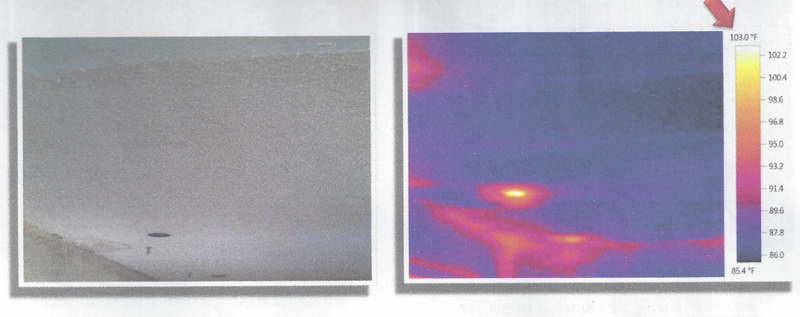
Bottom line, Solar was #6 in the priorities to make the house more energy efficient.
The most important thing was to isolate the attic from the interior of the house.
UPGRADES
Attic Barrier
If the attic can be isolated from the interior of the house, in the summer hot air cannot move from the attic to the interior, and in winter cold air cannot move from the attic into the interior. In addition, sealed and insulated attic ducting will not leak air conditioned or heated air into the attic.
These are the items we had done:
- All recessed lighting fixtures were encased in sealed boxes in the attic
- Sealed all openings in wall top sills (electrical, vents, gaps) with spray foam insulation
- New R-8 attic ducts were installed and properly sealed, reducing leakage from 24% to 1.5%
- Removed existing attic insulation and R-60 insulation was installed in the attic (we contracted for R-38 but when I inspected the finished work, the insulation was not level – it varied from 4” to 18” in depth. It wasn’t cost effective for the contractor to go into the attic and level the insulation, so they simply filled the low areas with more insulation – our win!)
- Retrofitted the canister lights with ceiling sealed units (33 of them)
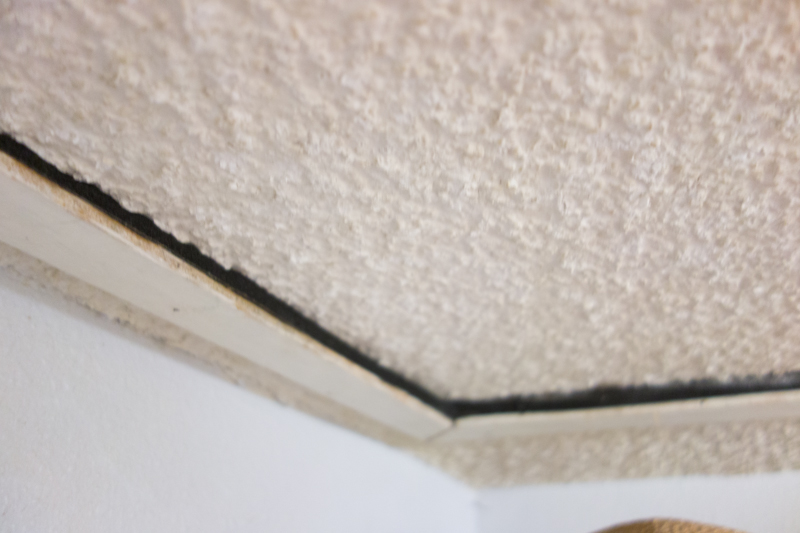
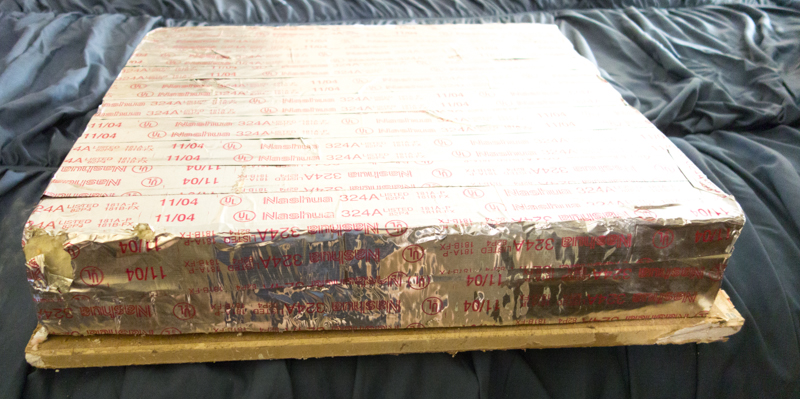

A 24” tall dam was required at the attic access door to contain the new insulation. Before 2” X 4” boards held the 4 inches of insulation.
We now have over 18 inches of insulation and it was tested by a 3rd party company to be in excess of R-60.

Retrofit LED units seal the lighting from the interior of the house, plus insulated boxes were install around all the recessed light cans in the attic.
We now have a thermal barrier isolating the interior of the house from the attic.
Central Heating and Air Conditioning Upgrades
Replaced the central air system with a Lennox XC25 variable speed model, which also is pre-wired for solar. The SEER rating is 25.
Replaced the furnace with a Lennox SL280UHV variable speed model, which is rated 80% AFUE and is below the goal of 90% minimum. We are okay with this as we don’t use the furnace much and our biggest natural gas savings will be in the barrier envelope upgrades.
The air conditioner and furnace are controlled by a Lennox programable iComfort WiFi thermostat.
We also have apps on our iPhones and iPads to control the system remotely. We were disappointed that our Nest thermostat wasn’t compatible with the Lennox system, but have found this unit works much better.
Window and Patio Door Replacement
We installed all new windows and a new patio sliding door ourselves. The door is 8 feet long, while most patio doors are only 6 feet long. We were losing a lot of energy through door and windows, and most of the air leaks in the house were going out of the poorly sealed patio door.
The door is a Milgard Tuscany Series and the windows are Milgard Style Line Series. All are double paned, argon gas filled, with energy efficient coatings. The door has a U Rating of 0.29 and the windows are rated at 0.30. Remember, the goal was 0.40 to 0.19 (smaller is better).
Before all this work was done, blower door testing showed the interior of the house was leaking 3,081 cubic feet of air per minute with the house pressurized to 50 pascals of pressure. I’m not going to get into the science of the measurement protocol, but a good reading (the goal) is around 1,100 to 600. We’re now around 850, a leakage reduction of 72%. There is one good thing about a leaky house — you are always breathing fresh air. If you home is completely sealed, there is no fresh are to breath. Because of this we also installed a MERV 16 filter in the central air unit that has activated, carbon-coated fibers to remove allergy-aggravating particles from the air. Of course, when the weather is nice we are outside or inside with the windows open.
RESULTS
So how are the upgrades working out? We have a full 4 months of data with the upgrades versus our 5 year baseline. But this is only part of the answer. One must become familiar with the tiered pricing strategies employed by the utilities, which can change from year to year. The more energy you use, the higher the cost per unit.
Our September – December Data vs Same Period for Prior 5 Years
Electrical Kilowatt Hour consumption is down 35.3% and the dollars are down 40.9%. Remember, tiered pricing is important. For example, we had a heat wave in October, a period when Edison switches from summer to winter rates. Even though we used 22% less electricity that September, our bill was 2.3 times higher in term of dollars.
Another thing to consider is we were home most of these 4 months, whereas we normally are often camping, plus we had company for Christmas which upped our power usage considerably. Our biggest opportunity for savings will be in the summer months, and I am anticipating a reduction in power consumption of about 50%, with an average bill of $90.
Our natural gas savings are even greater with a 41.5% reduction in Therms. I don’t anticipate this changing much for a full year, but we will have to run the model a full year to see the results. I think our 12 month average gas bill will be around $35 per month.
So, here is what I am anticipating for the year in terms of dollars:
| Utility | 5 year Average | New Average |
| Electric | $189.31 | $90.00 |
| Gas | $41.67 | $35.00 |
| Total | $230.98 | $125.00 |
NOW DOES SOLAR MAKE SENSE?
I can’t say for sure. We will need a full year of data to make an educated decision. But let’s take a look at some solar facts.
First off, there is a 30% Federal Tax incentive for the cost of a solar system. This ends at the end of 2016, so I will need to install solar by the end of the year to get it. I will have 12 months of data at the beginning of October. Also, not everyone can get the full 30% — it depends on your tax situation and current tax liability, plus there will be no more carryovers unless Congress changes the law (see your tax professional if you want to go solar). I will assume I can get the full 30%.
Next one must determine the size of the solar system based on current consumption and the average number of days of sunshine, plus the latitude location of the home. We live in the best North America location for solar. For us a 5,000 watt system will probably get us to Net Zero; which is over a full year we will generate the same amount of electricity as we use. The average quote I have gotten for a 5KWh system is $26,850. So let’s do a “What If” exercise, keeping in mind it isn’t comprehensive:
Let’s assume you will do one of the following
- Pay cash (I will amortize this into monthly payments for comparison purposes)
- Finance the system and assume you will put down 30% of the cost and re-coup it on your income tax
- Lease the system or enter into a Power Purchase Agreement (PPA)
- Do nothing – historically electricity costs have risen less than the rate of inflation, so I will assume you can invest the cost of a solar system and get a return that is better than inflation – and to tie up $18,795 for 20 years and only get a 13% return is not stellar my any stretch of the imagination
- I also included Do nothing with yearly price increases of 1.9%, 2.9%, and 3.9%
- Lastly, what would happen if you invested $18,795 into the Dow Jones Industrials and reinvested all your dividends? Over the past 100 years the Dow Jones has returned an average of 9.821% per year in this scenario.
All of this is “what if” and even this simple little exercise gives us many outcomes. The point being, before someone goes out and commits to a $20,000 investment, the smart person will exercise due diligence and explore as many options as possible. Of course, we cannot predict the future!
Other Considerations
Most solar panels are warranted for 25 years, but they are not covered for a certain amount of reduction in output over time – their efficiency diminishes over time. Also keep in mind that if you purchase or finance a solar system you will be responsible for maintenance, upkeep and repairs. It is likely that the inverter will not last 20 years, and solar panels lose their efficiency over time. You might be able to generate some energy credits if you produce more energy than you consume, but these can only be sold in 1 KWh increments for about $200. It may increase the value of your home.
If you lease the system for 20 years it is the most expensive option, other than you will probably not be responsible for any maintenance or repairs. Solar companies love this option because they charge you full price for the system and keep the 30% tax credit plus any energy credits. Also, it might reduce the value of your home as many buyers balk at assuming a solar lease.
Do not assume the utility companies will make it easy to tie to their grid in the future. It will eventually become overtaxed and you will pay more to do so because infrastructure improvement will become required. Do not assume the utilities will continue to buy your power at today’s rates. They are paying a premium for home solar output because it is well, politically correct.
If you cannot afford solar, you should find comfort in the fact that you are subsidizing those who can. Yes, the Government in being politically correct and green is penalizing poor people.
A New Paradigm
Something interesting has happened.
When talking to telemarketers, solicitors, or if I call a solar company they lose interest when I tell them I am averaging $90 a month and want to install solar to save money. I can’t get anyone to come to the house and present a solution. What does that tell you?
Anyway, I will revisit this at the end of 12 months when I know exactly where we are. In the meantime, I will keep an open mind.
I view solar as a financial matter, not a climate change solution.
If you still feel guilty because you don’t have solar, you might want to read this post on Green Greed.
GOING FORWARD
Each month I will post our power usage and you can see how we progress.

